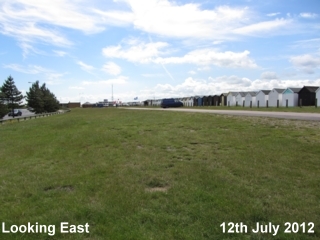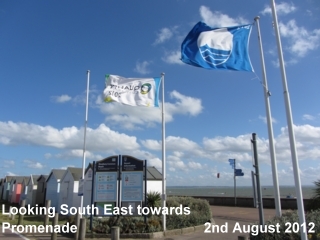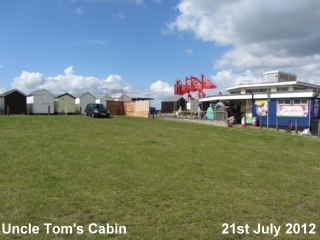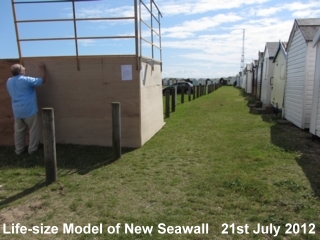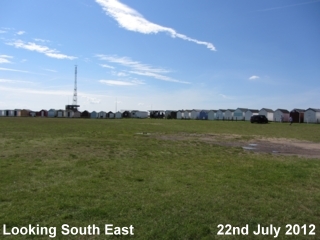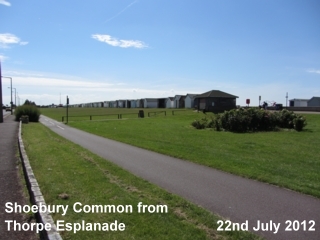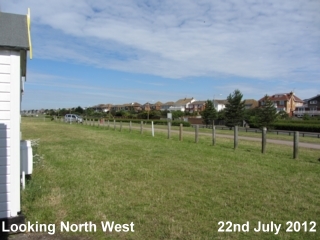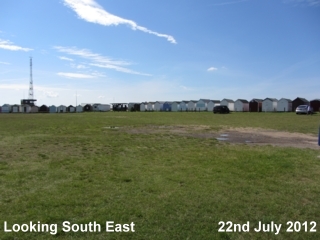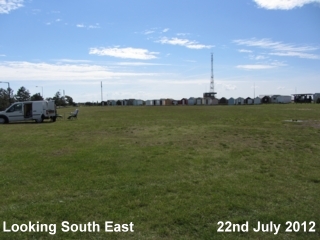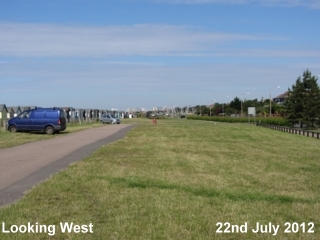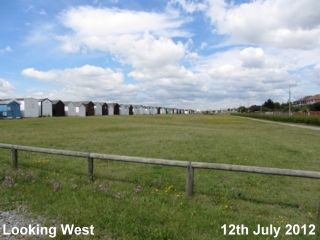

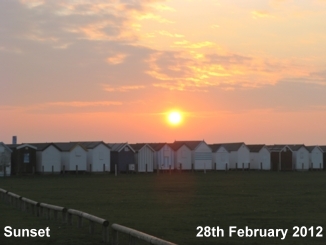
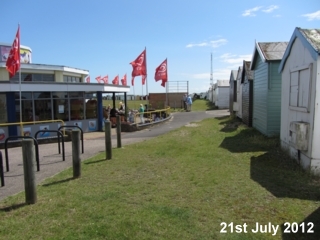
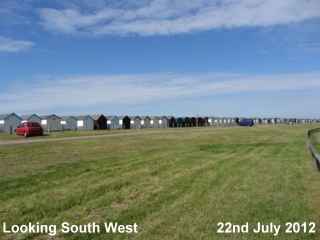

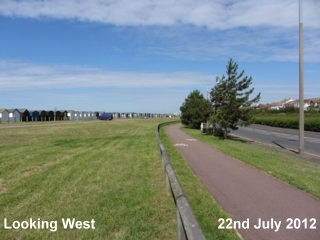

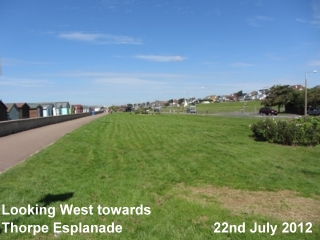

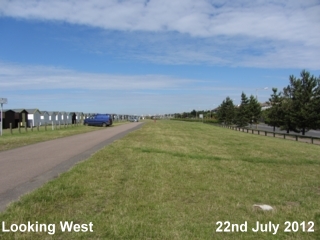
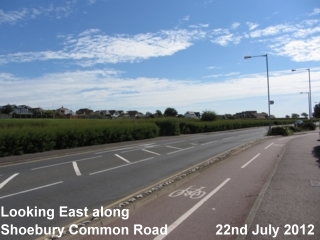
Is the Peace, Tranquillity and Beauty of Shoebury Common under Threat from the Council's Proposals? |
A Brief HistoryShoebury Common can be seen in early maps of the area. On one such, dated AD 1687, it is described as "The Great Marsh" and was "late of the possession of Daniel, Earle of Nottingham". It lies to the south of Shoebury and adjoins the River Thames. At the beginning of the 20th century, it was conveyed from its then owner, Colonel Burges, to Shoeburyness Urban District Council, with stipulations regarding its use. Referring to it as the Pleasure Ground, the Council was obliged at all times to preserve the said piece of land "as an open space for the recreation and benefit of the inhabitants of South Shoebury and others". Shoeburyness Urban District Council was absorbed into Southend on Sea Borough Council on 1st October 1933 and management of Shoebury Common was similarly transferred. Local councillors and tradesmen said that Southend should hang the flags out to celebrate its good fortune. Describing Shoebury as the 'front door' of Southend, it 'would allow the borough to develop a seaside resort that would be second to none in the country'. The Common has been much enjoyed by generations of families. Beach huts were built on the fringe of the Common, overlooking the sea. Refreshment huts were added. In June 1928, the Southend Standard reported that, "Over Whitsun scores of tents were pitched along Southend Front between Thorpe Hall Avenue and Shoebury Common by sleepers-out." That same year, Uncle Tom's Cabin was built at the cost of £1,000, with its circular design. It still stands today, looking a little different from the original but still providing agreeable refreshments. About the same time, there was also built the Tivoli Tea-Room and, between the two, a bandstage. Nothing remains of these two buildings. A few years later, in the 1930s, the Common provided a welcome place of recreation for families hard hit by the depression. During the War years, 1939-1945, access to the beach was not possible; barb wire and anti-tank “pimples” were installed along the Promenade to prevent invasion. After the War, crowds soon returned to enjoy the beach and Common behind. In 1953, a North Sea Surge brought devastation and loss of life to much of the East Coast. Here at Shoebury Common, there was no seawall between the promenade and the beach. The sea flooded across the promenade destroying many beach huts. The floodwater was contained in the natural floodplain and basin of Shoebury Common and the area now called Gunners' Park. A few years later, a wall was constructed alongside the promenade to prevent the sea encroaching on the land again. Since then, the sea has not breached or overtopped the wall.
|
